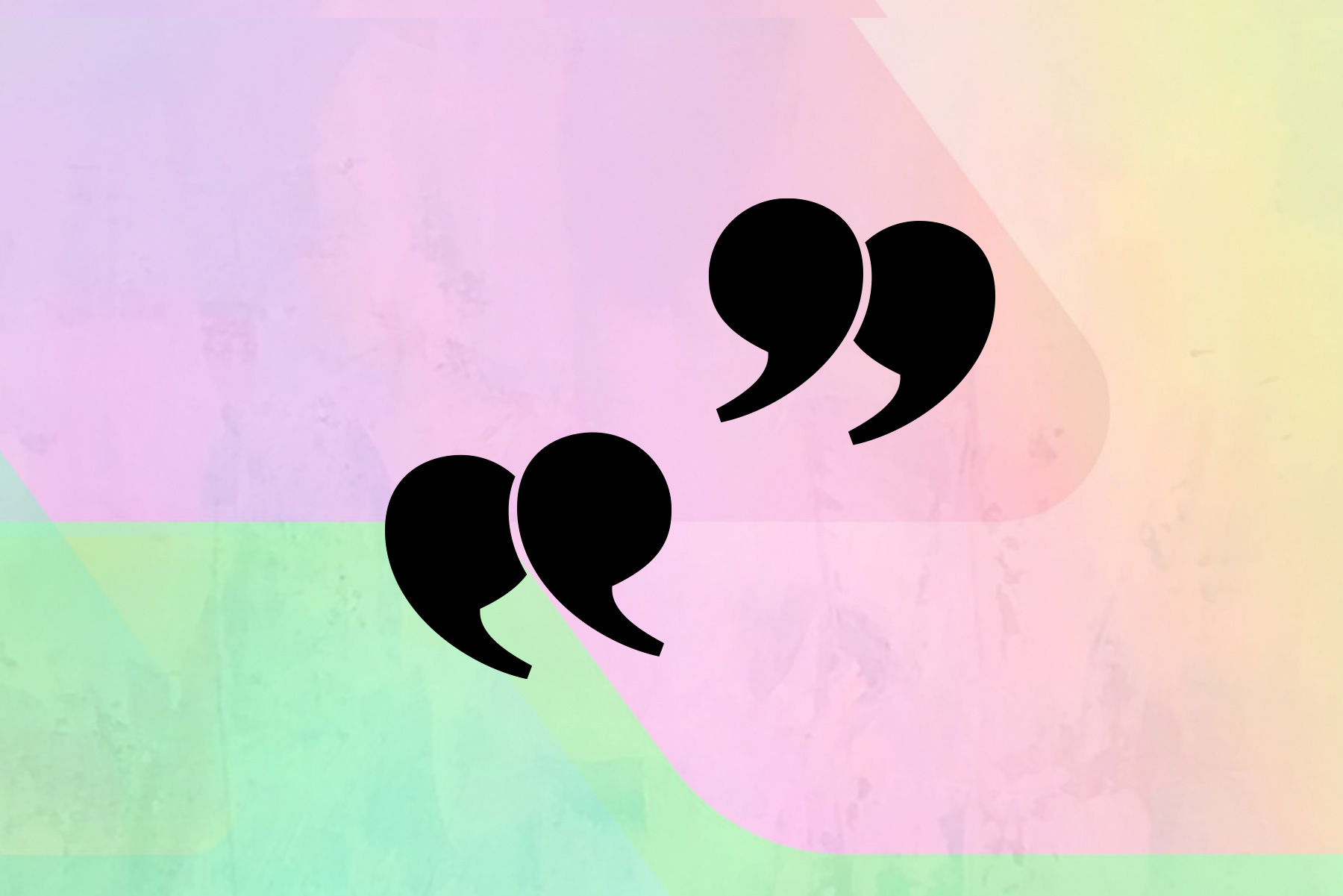Why use Slack backchannels in your course? Because backchanneling can enhance students’ learning experiences and help create a more inclusive learning community.
“Backchanneling” is a powerful tool for increasing student participation and engagement in the classroom. Backchannels are digital communication channels that class participants can use to interact in the background during classroom activities like lectures and presentations. They open up a new avenue for real-time communication and collaboration during class time (Harvard University, 2023).
During discovery research for MIT Sloan’s Classroom of the Future Initiative, students and faculty told us that the Zoom chat had enhanced online learning during the pandemic. They suggested that it would be great to be able to use something like the Zoom chat during in-person classes. Now that the Institute has integrated Slack into Canvas, we have just the right tool to make in-class chatting a reality.
Why use Slack for backchanneling? Let’s go through a few reasons to consider integrating Slack backchannels into your course.
Backchannels drive student engagement.
When you use Slack backchannels during live lectures, you open up a whole new set of avenues for students to engage in discussions and Q&A. Students can use the Slack chat to ask questions or share insights in real time–without interrupting the flow of the lecture. This can help to keep students engaged and focused on the material being presented (Baron et al., 2016). That said, backchannels can be distracting if not used effectively (Carpenter, 2015). To mitigate this risk, it’s important to establish clear guidelines for backchannel use.
Backchannels promote inclusivity.
Inclusive learning spaces are critical for students’ learning. Backchanneling promotes inclusivity by enabling more diverse forms of participation (Ross, 2019). By providing varied ways to contribute to the conversation—like sharing written posts and posting GIFs—backchannels provide students with a wider range of ways to express themselves (Dzaman et al., 2022). Also, some learners are more comfortable sharing ideas via text on Slack than speaking up in class (Donnelly, 2016). As you plan your class sessions, just note that it’s important to maintain a balance between front and backchannel interactions so all students have an opportunity to participate (Baron et al., 2016).
Students appreciate backchannels.
Student perspectives on backchannels are generally very positive. In a class at the University of Michigan, 97 percent of the students in the class that used a backchannel said that they would like to use a backchannel in all large lecture classes (Koenig, 2019). Qualitative feedback from MIT teaching teams also suggests that backchannels provide a valuable platform for collaboration and communication (MIT Open Learning, 2021).
Key Takeaways
Digital backchanneling through platforms like Slack can enhance traditional classroom learning. By facilitating seamless real-time interaction and collaboration in a virtual space parallel to in-person instruction, backchannels boost student engagement, enable dynamic peer learning, and promote inclusive participation. As we move into the Experimentation Phase of the Classroom of the Future (CoF) Initiative, incorporating digital backchannels into our classrooms holds exciting potential to foster more collaborative and meaningful learning experiences for our students.
Have you used Slack backchannels in your course? Share your Slack success stories with us. Together, we can showcase the power of Slack for teaching and learning at MIT Sloan.
References
Baron, D., Bestbier, A., Case, J. M., & Collier-Reed, B. I. (2016). Investigating the effects of a backchannel on university classroom interactions: A mixed-method case study. Computers and Education, 94, 61-76. https://doi.org/10.1016/j.compedu.2015.11.007
Carpenter, J. (2015, May 15). Digital backchannels: Giving every student a voice. ASCD. https://www.ascd.org/el/articles/digital-backchannels-giving-every-student-a-voice
Donnelly, H. J. (2016). Exploring student interaction and reflection through the use of digital backchannel discussions. ProQuest Dissertations Publishing.
Dzaman, S., Fenlon, D., Maier, J., & Marchione, T. (2022). 1.5 UDL principle 3: Multiple means of action and expression [Online]. In Universal design for learning: One small step. Pressbooks. https://openpress.usask.ca/universaldesignforlearning/chapter/udl-principle-3-multiple-means-of-action-expression/
Harvard University. (2023, June 30). Best practices for using Slack in a course. Information Technology. https://harvard.service-now.com/ithelp?id=kb_article&sys_id=64944afedb8a105460c0d9fcd3961987
Koenig, R. (2019, October 24). “Backchannel” tools let students ask questions anonymously. And that brings more voices. EdSurge. https://www.edsurge.com/news/2019-10-24-backchannel-tools-let-students-ask-questions-anonymously-and-that-brings-more-voices
MIT Open Learning. (2021, December 1). Slack in education and conversation with colleagues [Video]. YouTube. https://www.youtube.com/watch?v=TgKNmWhvDw0
Ross, S. M. (2019). Slack it to me: Complementing LMS with student-centric communications for the millennial/post-millennial student. Journal of Marketing Education, 41(2), 91-108. https://doi.org/10.1177/0273475319833113










